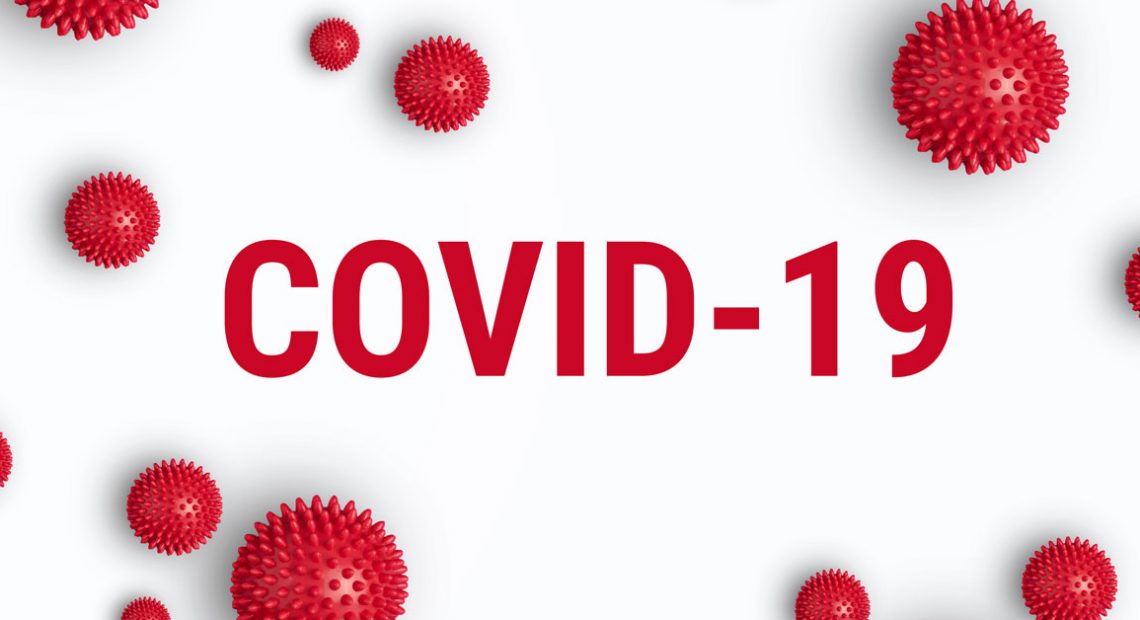

Nigeria, like about 159 other countries, is facing the greatest health challenge the world has ever had. But unlike many other countries, ordinary health care provisions are almost absent.
This is worsened by selfishness and heartlessness of some of the citizens who will always capitalize on such crises situation to exploit others. One of these, at this period, is the sudden astronomic rise in prices of materials required for mitigation and prevention of the novel coronavirus called SARS-COV-2 which causes coronavirus disease popularly referred to as COVID-19.
These materials include hand sanitizer, nose masks, gloves disinfectants etc. It is getting to a stage in which these materials are no longer within the reach of many. This write up will, therefore, attempt an explanation of easy and cheap ways of preventing the virus and other related issues.
1. USE OF SOAP IN PLACE OF HAND SANITIZER
Viruses are self-assembled nanoparticles with double layers of the lipid (fat). A virus has three components: DNA or RNA, encased by protein plus an outer layer of lipid or fat. Therefore when you utilize any soap with water, as used in washing off oils from the body, It dissolves the fatty layer that coats the virus. The hands must be washed properly for about 30 seconds (half a minute).This is the most effective way of preventing the transmission of COVID-19. It is effective in killing off viruses you may have come into contact with.
The use of hand sanitizers is generally misunderstood. There are different types of sanitizers and they are mainly to protect against germs such as bacteria and other microorganisms but not primarily against viruses. They can be water-based or alcohol-based. The ones that are useful against viruses are those having alcohol solvents. The functional ingredient has no effect on viruses but the alcohol solvent dissolved the lipid bilayer to disintegrate the virus. This is why alcohol-based hand sanitizers are useful.
2. THE USE OF GLOVES
It will interest you to know that gloves have a greater tendency of assisting in the transmission of COVID-19 if not properly handled. Since the virus does not usually enter the body through the skin, the glove does nothing in protecting the hands but the outer part of the glove can actually harbour the virus which can then be transmitted through the mouth, nose or eyes if not protected with a mask. Care should also be taken in removing the gloves. They are removed by folding the edge and pulling gently in a way that the outer part goes inside while the outer part goes inside.
3. USE OF FACE MASKS
Perhaps the most important path breaker in COVID-19 transmission is the use of face masks. Two major masks are used, namely; surgical mask and a more effective but not commonly available N95 respirator. I will dwell more on the former. The common surgical mask has three layers; the light green layer which is supposed to be the outer layer which is a moisture repellent, the inner layer which is the white part touching the face made of moisture absorbant which absorbs moisture from the breath and the middle layer that prevents germs. A surgical mask should be properly worn to cover the mouth, nose and the chin. It is not re-useable and must be removed and disposed of of properly without touching any of the three parts.
Today various masks are being made by various people to make quick money, while they can offer some protection at the first use, they can become a source of infection subsequently. If it is used to protect against dust, it must be regularly washed and disinfected.
The usefulness of face mask in COVID-19 transmission is in respect of preventing the virus in getting to the mouth and nose. And this can be largely achieved if properly done.
4. KEEPING IT WARM
In this part of the world, one of the reasons why the elites, apart from those coming back from overseas, have been major victims and sources of transmission is the habit of moving from air-conditioned houses into air-conditioned cars and into air-conditioned offices. These conditions keep the viruses in fabrics, body and material surfaces intact. But if the viruses are exposed to high atmospheric temperatures of over 27°C, the lipid layers are likely to become melted thereby leading to disintegration. So the advice is simple; keep it warm; shower with warm water, drink warm water and enjoy some warmth in the sun. We are luckier in the hot regions of the world.
CONCLUSION
COVID-19 infection is not a death warrant. Indeed the average death rate is less than 4%. This is even more prevalent only amongst older individuals and people with underlying health conditions. Very many people, after proper handling, are recovering. Infected people have both moral and religious responsibilities to ensure further transmission ends with them. So we should not be given to too much panic.
The disease easily spreads through virus exhales, coughs and sneezes. The common symptoms include fatigue, dry cough, fever and shortness of breath and pneumonia. Other less frequent symptoms are diarrhoea, aches and pains, nasal congestion, runny nose and sore throat.
Finally, viruses including SARS-COV-2 are not living organisms and are therefore weak outside the body. They become dangerous only when they are allowed to enter and invade body tissues. So play safe, ensure social distancing, maintain proper hygiene and stay at home.
Dr. Rasheed Adekunle Fasasi is an independent scholar of international reputation with a PhD in science education from the University of Ibadan. He lives in Ibadan. Email: rafasasi@yahoo.com
Rilwan Fasasi